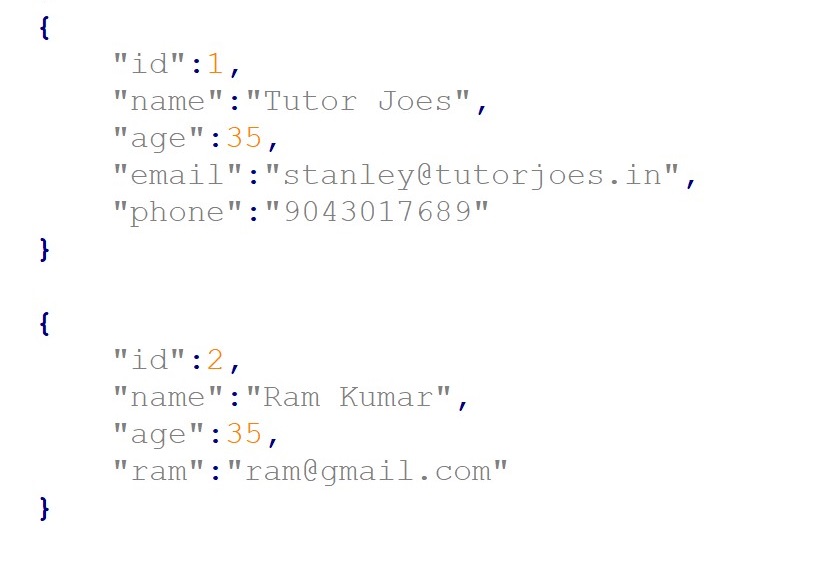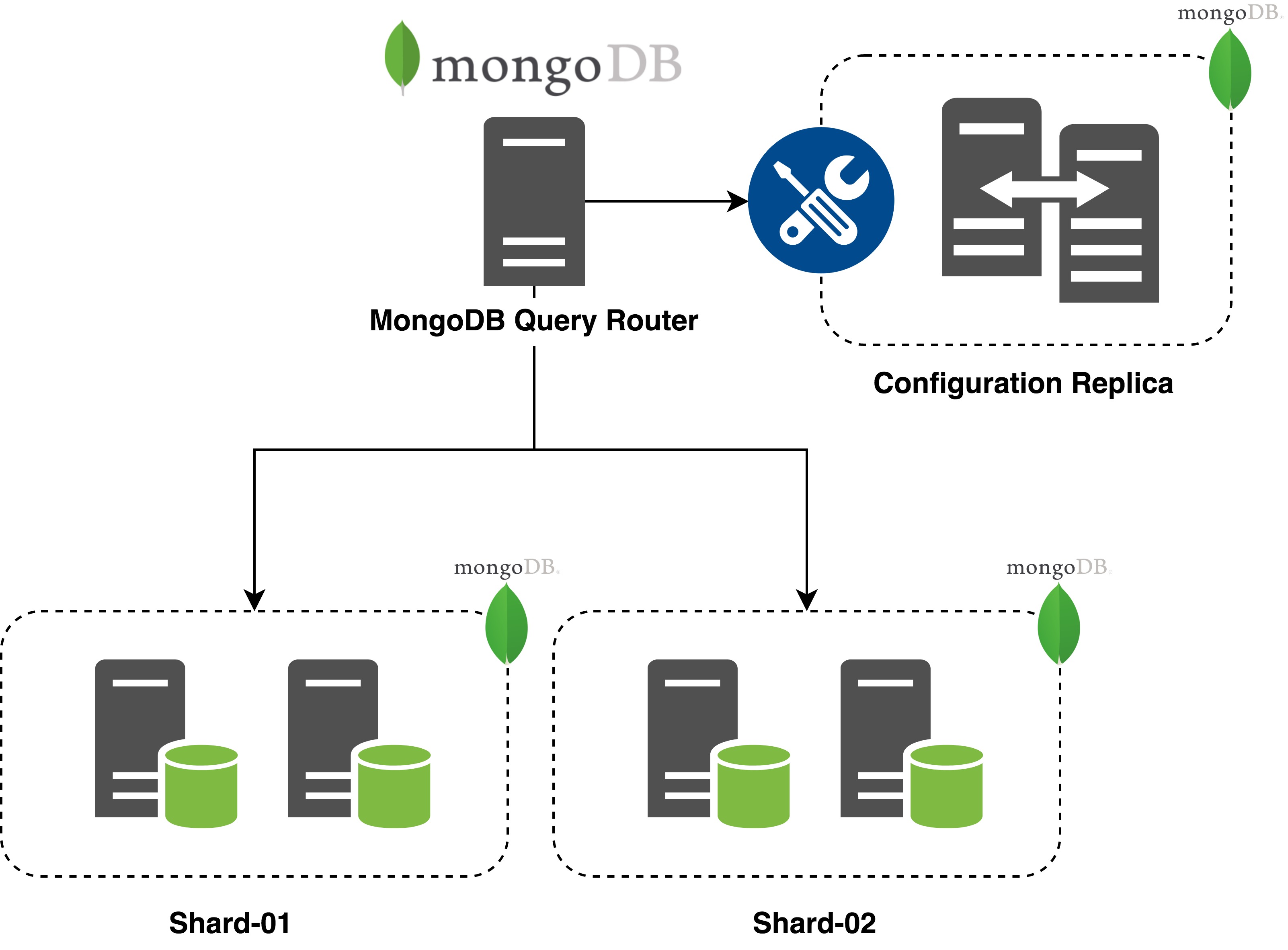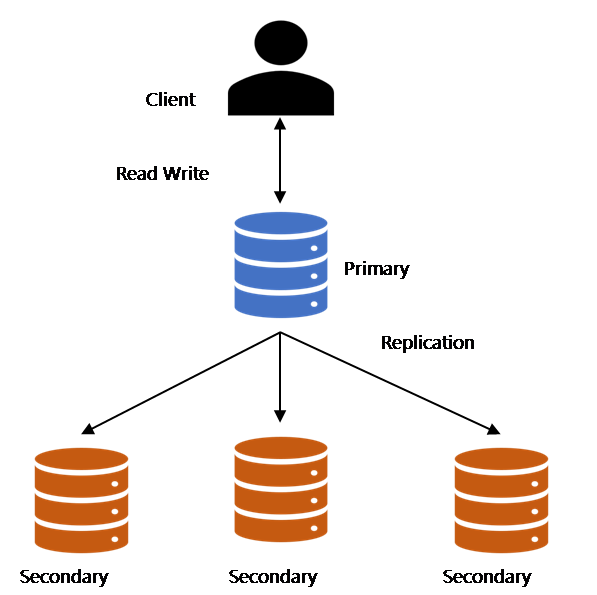The Powerful Features of MongoDB
Aggregation is a powerful feature in MongoDB that allows you to process and analyze data across multiple documents in a collection. It enables you to perform complex data manipulations, transformations, and calculations on large datasets

MongoDB is a schema-less database, which means that it does not require a pre-defined schema or structure for the data. Unlike traditional relational databases, where data is stored in tables with pre-defined columns and relationships between tables, MongoDB stores data in flexible and dynamic documents.
MongoDB

SQL Schema

MongoDB is document-oriented this means that data is stored in the form of documents, which are similar to JSON (JavaScript Object Notation) objects, instead of being stored in tables with fixed columns and rows like in a traditional relational database. Each document has unique system generated key.

Sharding allows MongoDB to handle large datasets and high traffic loads while maintaining high performance and scalability. Sharding is a type of database portioning that separates very large databases into smaller faster more easily managed part called data shards.

Indexing is one of the important option to improve the search performances.so we should index those fields which are matched with our searching criteria.

High Performance MongoDB shows high availability and scability.it has better query response for indexing and replication.
Replication: A replica set in MongoDB consists of one primary node and one or more secondary nodes, which replicate the data from the primary node. The primary node is responsible for handling write operations, while the secondary nodes replicate the data from the primary node and can handle read operations. If the primary node fails, one of the secondary nodes is elected as the new primary node

MongoDB Tutorial
Learn All in Tamil © Designed & Developed By Tutor Joes | Privacy Policy | Terms & Conditions